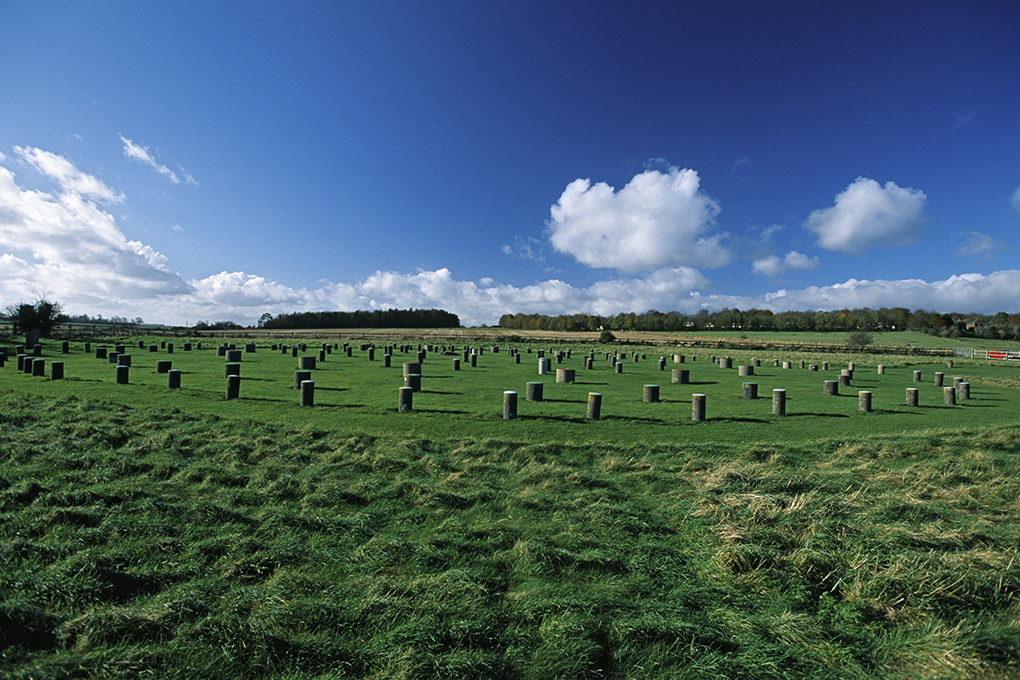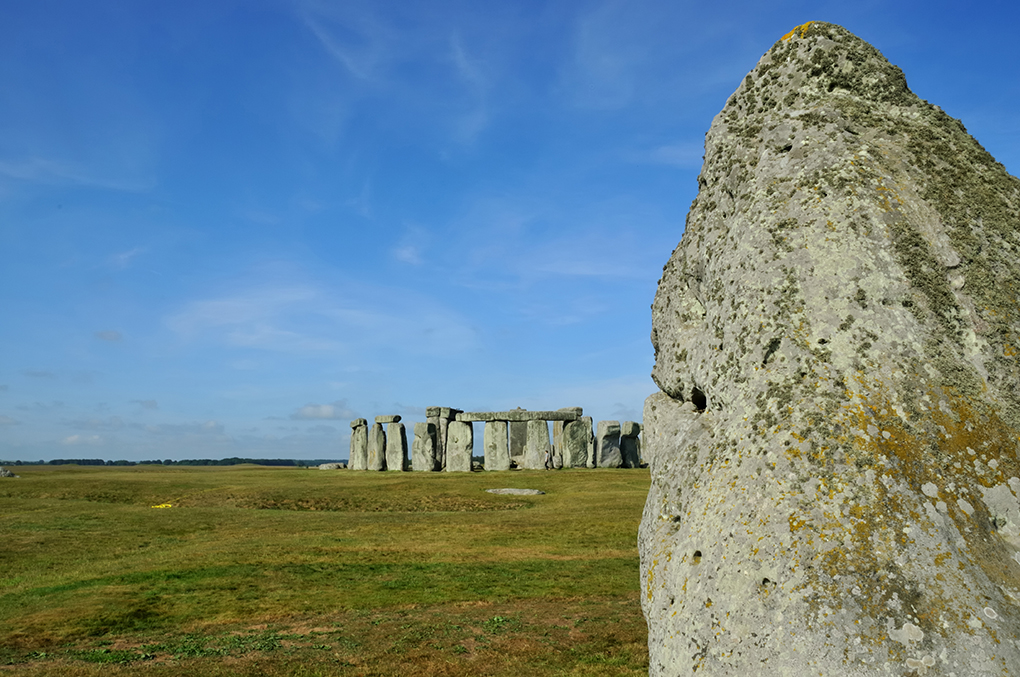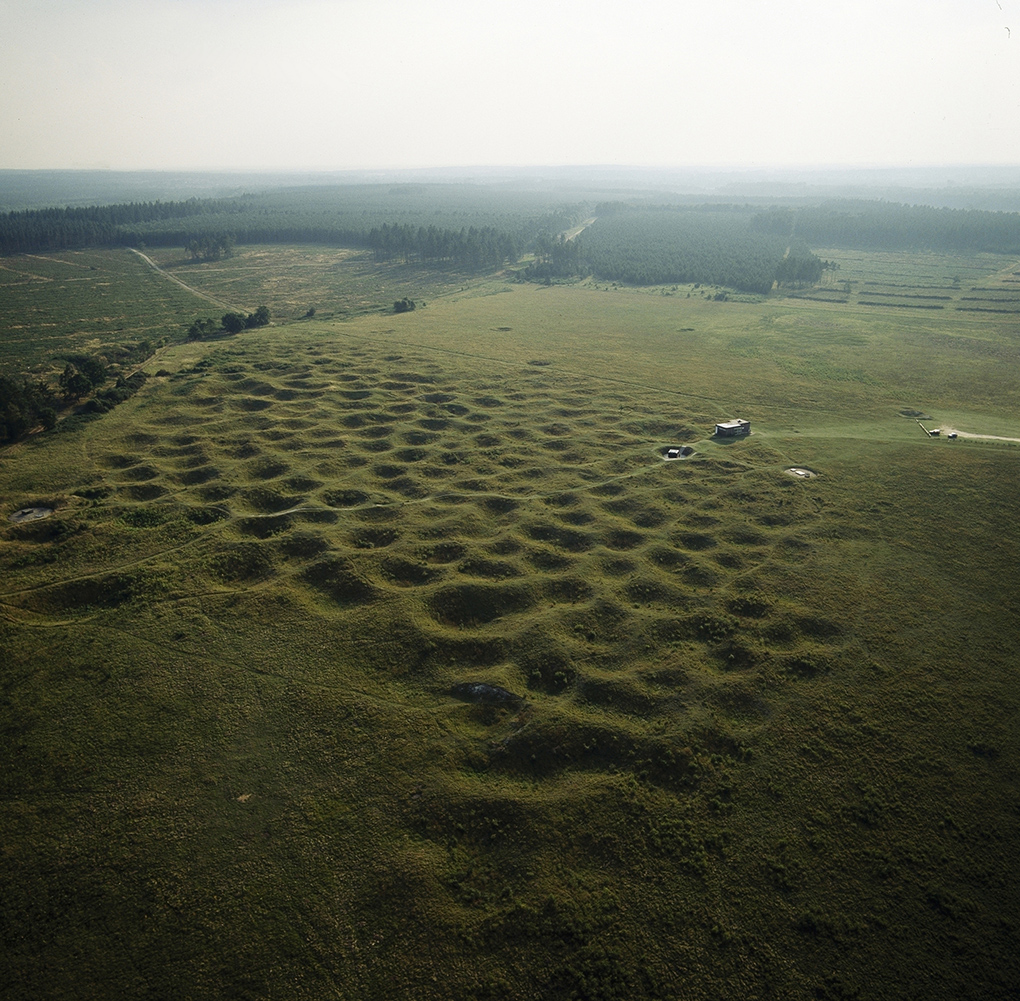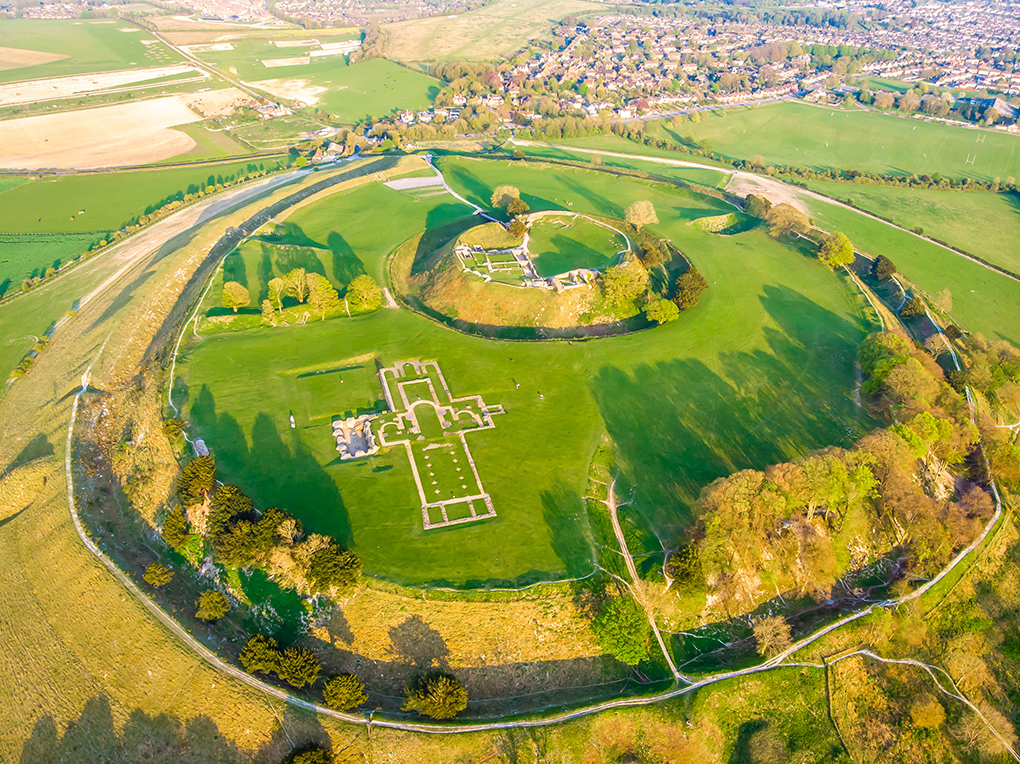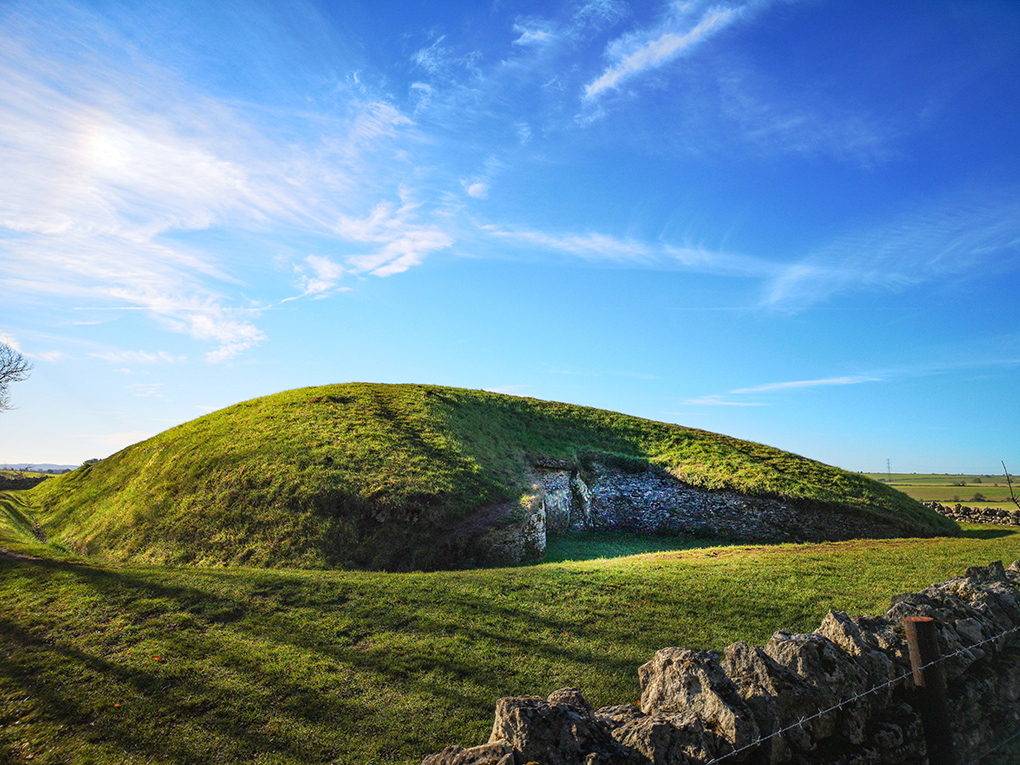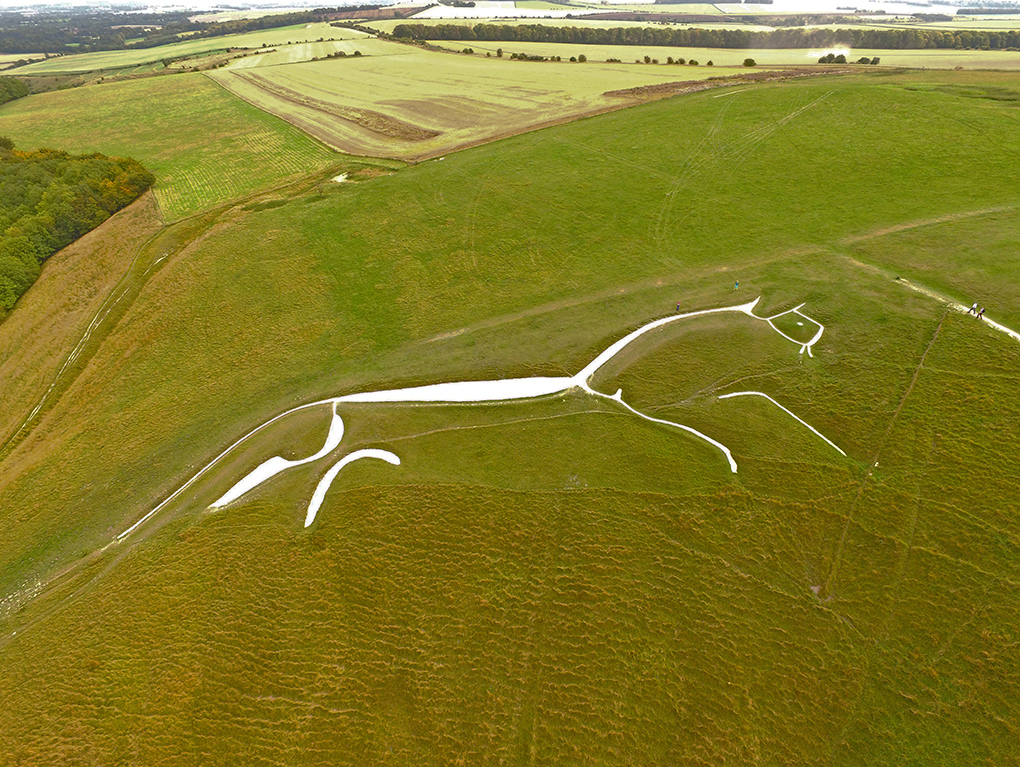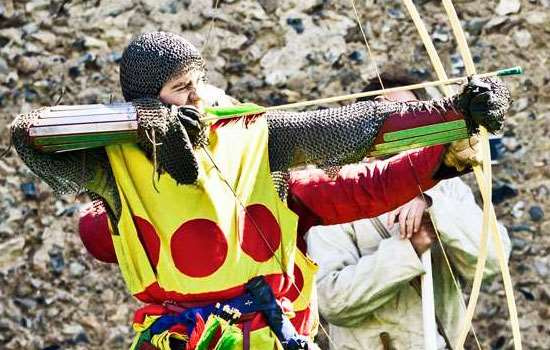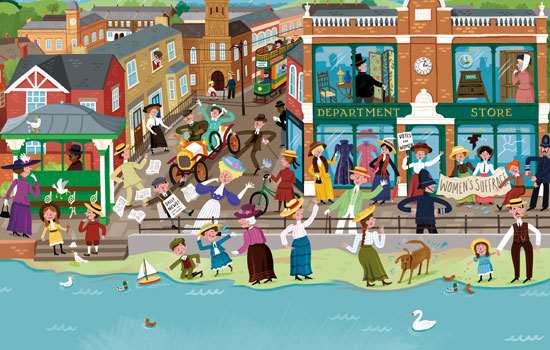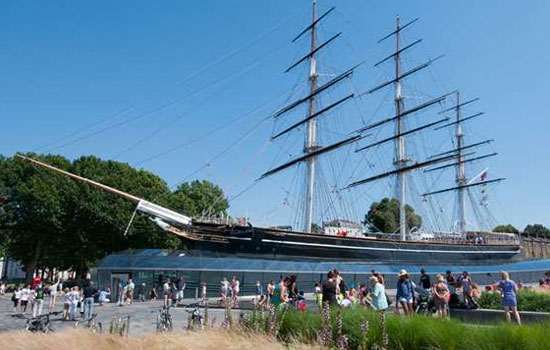
20 Questions Quiz: English Prehistory
Test your knowledge of English prehistory with our 20 questions quiz.
-
1. Prehistory in England covers the time up to which event?
Answer: The Roman invasion in AD 43
Prehistory is the period before written records existed. The earliest known humans arrived in these lands around 900,000 years ago. Prehistory stretches from then until the Roman invasion in AD 43. We're able to piece together the lives of people in prehistoric England from artefacts discovered by archaeologists along with sites still visible today, such as henges, hill forts and burial sites.
-
2. Can you name the three periods into which the Stone Age is divided?
Answer: Palaeolithic, Mesolithic and Neolithic
These periods refer to the old, middle and new Stone Ages. However, referring to the Stone, Bronze and Iron ages – named after the main technologies used at the time – is seen as a outdated approach by some archaeologists, who prefer to use more specific terms.
-
3. The oldest human remains so far found in England date from around how many years ago? A- 100,000 years; B- 300,000 years; C- 500,000 years
Answer: 500,000 years
The remains belonged to a six-foot tall man of the species Homo heidelbergensis. Shorter, stockier Neanderthals visited Britain between 300,000 and 35,000 years ago, followed by the direct ancestors of modern humans.
-
4. One of the most important developments in human history was introduced to Britain around 4000 BC. What was it?
Answer: Farming
The people who brought farming techniques to Britain must have travelled from Europe by boat. Although they farmed pulses, barley and wheat, people still relied on wild food and still moved around within territories, which were focused on great communal monuments.
-
5. Answer
Answer: Woodhenge in Wiltshire
Woodhenge is a Neolithic site close to Stonehenge. Probably built about 2500 BC, it was originally believed to be the remains of a burial mound but it is now thought that it could have been a form of timber temple, where rituals took place and offerings were deposited.
-
6. Where is the largest stone circle in Britain?
Answer: Avebury
Avebury henge and stone circles were built and much altered during the Neolithic period, roughly between 2850 BC and 2200 BC. The henge survives as a huge circular bank and ditch. Within it is the largest stone circle in Britain, which originally comprised about 100 stones.
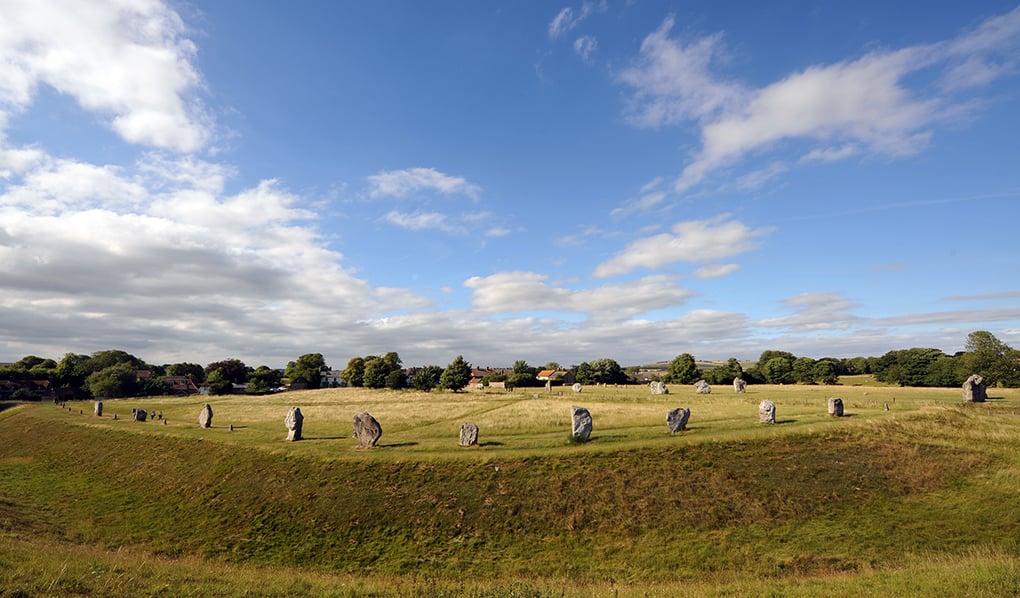
-
7. Answer
Answer: About 30 tonnes
The Heel Stone is a large unworked natural sarsen, weighing about 30 tonnes, that stands at the end of the Avenue, which leads into the earthwork enclosure at Stonehenge. It was once surrounded by a small circular ditch and may have been the earliest stone at Stonehenge.
-
8. What was the significance of the location of the tallest trilithon (now half fallen) at Stonehenge?
Answer: It marked where the sun sets at the winter solstice (the shortest day of the year)
The winter solstice may have been more important than the summer solstice for the people who built and used Stonehenge. Excavations at Durrington Walls – a Neolithic settlement situated about two miles away from Stonehenge – suggest that people held huge feasts around this time of year.
-
9. Answer
Answer: A Neolithic Flint Mine
This grassy lunar landscape of 400 pits was first named Grim’s Graves by the Anglo-Saxons. It was not until one of them was excavated in 1870 that they were identified as flint mines dug more than 5,000 years ago.
-
10. In about 2300 BC, at the start of the Bronze Age, what kind of pottery began to arrive in Britain?
Answer: Beaker pottery
Beaker pots were tall drinking vessels with narrow necks but wide mouths, often elaborately and individualistically decorated. This style of pottery arrived in Britain at the same time as the earliest metals and a new style of individual burial, all suggesting a new fashion and belief system coming from continental Europe.
-
11. Bronze is an alloy of which two metals?
Answer: Copper and tin
In about 2300 BC the first metal weapons and jewellery began to arrive in Britain. At first, the metal used was copper but by about 2200 BC bronze was being worked in Britain. During the middle and late Bronze Age, landscapes were divided up by great field systems and people built permanent roundhouses, often grouped into villages such as Grimspound in Devon.
-
12. Answer
Answer: Old Sarum in Wiltshire
An Iron Age hill fort may have been established at Old Sarum in about 400 BC. It was then occupied shortly after the Roman conquest, when it became known as Sorviodunum, and later housed a royal castle and cathedral, although neither were occupied for long. In 1226 the cathedral was moved to Salisbury, although the castle remained an administrative centre into the 14th century.
-
13. Maiden Castle in Dorset is one of the largest Iron Age hill forts in Europe. It is the size of how many football pitches? A- 5; B- 50; C- 200
Answer: 50
Maiden Castle's huge multiple ramparts, mostly built in the 1st century BC, once protected hundreds of residents. Excavations have revealed much about the site's history, such as a Neolithic enclosure from about 3500 BC and a Roman temple built in the 4th century AD. Archaeologists also found evidence of a late-Iron Age cemetery, where many of those buried had suffered horrific injuries.
-
14. Answer
Answer: Communal burial sites
Long barrows were constructed during the early Neolithic period, between about 4000 and 3000 BC. They represent the burial places of the earliest farming communities in Britain, and are among the oldest surviving prehistoric monuments. It is probable that they acted as important ritual sites for local communities over a considerable period of time.
-
15. Fogous – Iron Age complexes of underground passages – are unique to which part of the country?
Answer: Cornwall
Fogous are found only in the far west of Cornwall, usually as part of Iron Age or Romano-Cornish settlements. The complexes of underground passages were built with massive stone slabs and may have been used for refuge, for cold storage or even for ritual sacrifices. An example of a fogou can be seen at Carn Euny Ancient Village.
-
16. Where, in 2003, was Britain’s only known Ice Age cave art discovered?
Answer: Creswell Crags in Derbyshire
More than 80 engravings and reliefs were identified in caves at Creswell Crags in 2003. The engravings are thought to be around 13,000–15,000 years old and depict deer, bison, horses, and what may be birds or bird-headed people. It has been suggested that some were intended to be seen by firelight.
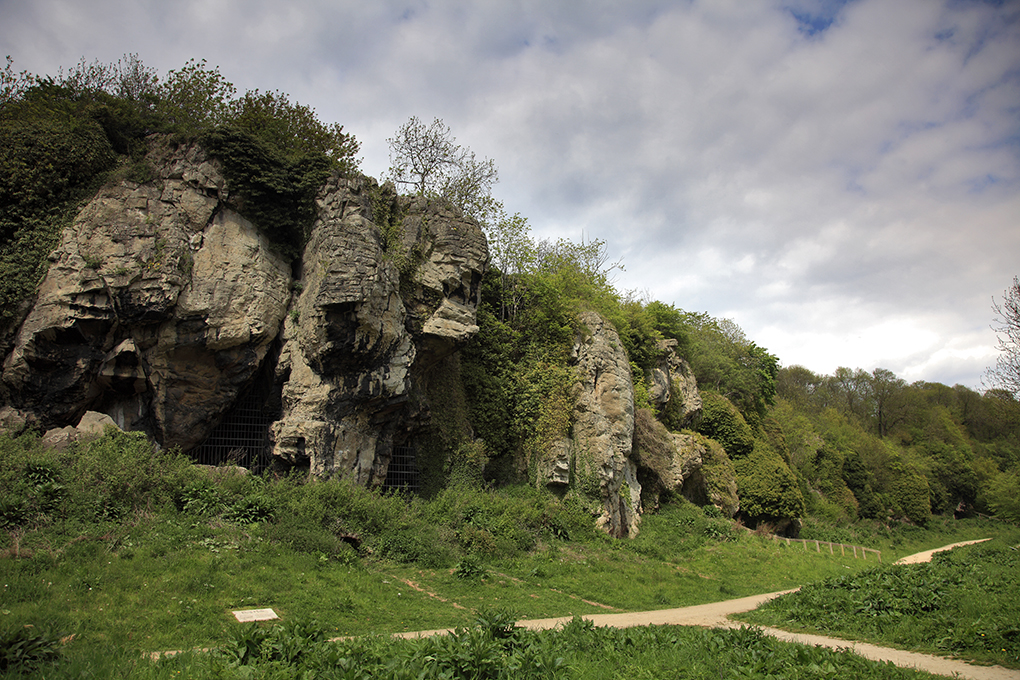
-
17. Answer
Answer: Uffington White Horse in Oxfordshire
Situated 170 metres to the north-east of an Iron Age hill fort in Oxfordshire – and visible from a distance of several miles – is the striking chalk-cut figure of a horse. It measures 111 metres from the tip of its tail to its ear and has been dated to the later Bronze Age or Iron Age, between 1740 and 210 BC. Its function is not certain although it may have been a territorial marker or a fertility symbol.
-
18. Can you unscramble this anagram to find the name of an Iron Age settlement? TOIL FORTH WORDLESSLY
Answer: Old Oswestry Hillfort
The huge hill fort at Old Oswestry in Shropshire was probably the stronghold and principal settlement of an Iron Age tribe, with its 16 hectares protected by formidable ramparts. A fine example of a ‘multi-vallate’ or multiple rampart hill fort, it is one of a dense band of hill forts in eastern Wales and the Marches. It remained in use for almost 1,000 years.
-
19. Bronze Age chambered tombs known as entrance graves were predominantly found on which islands?
Answer: The Isles of Scilly
Entrance graves are often described as Scillonian tombs because of their concentration on the Isles of Scilly, although a few are also found on the Penwith peninsula of west Cornwall. Most comprise a roughly circular mound retained by a stone kerb and built over a rectangular, stone-lined chamber that is roofed with large granite slabs.
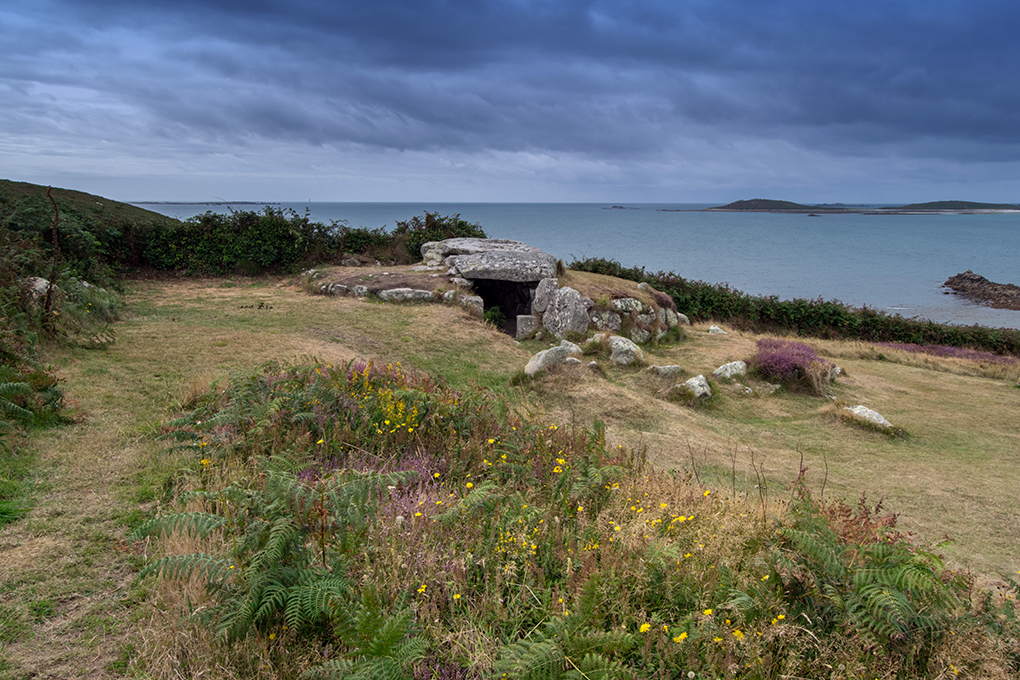
-
20. A tribal chief named Cassivellaunus led the defence against whose invasion of Britain in 54 BC?
Answer: Julius Caesar
The Romans first came to Britain in 55 BC and 54 BC in two invasions led by Julius Caesar. On his second attempt he forced the British tribes to surrender but, because of unrest in Gaul, he took all his men back across the Channel. Still, for decades after that, the British sent hostages and money to Rome in return for being left alone.
